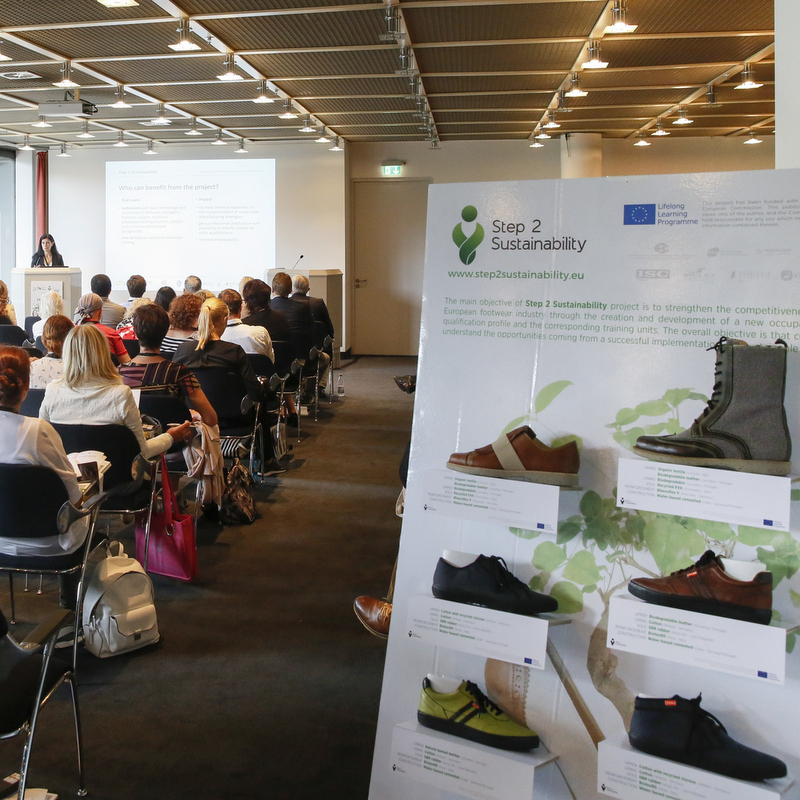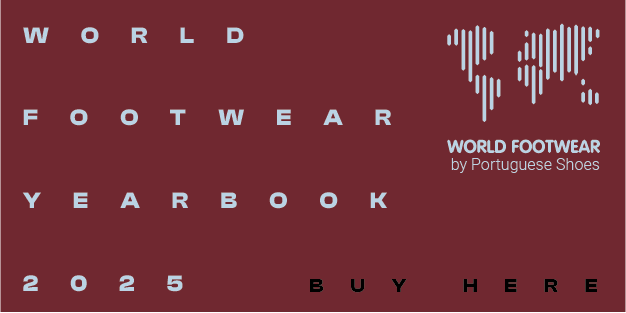European Union imposes restrictions to chromium

Additional restrictions on hexavalent chromium (Cr VI) in leather items that come into direct and repeated contact with the skin should be in effect next year in the European Union (EU)
The EU announced a new amendment to Annex XVII of REACH Regulation (Registration, Evaluation, Authorization and Restriction of Chemicals) that will enter into force in May 2015. REACH was implemented on the 1st June 2007 to streamline and improve the former legislative framework on chemicals of the EU, and it aimed to ensure a high level of protection of human health and the environment from the risks that can be posed by chemicals, as well as the promotion of alternative test methods and the free circulation of substances on the internal market and enhancing competitiveness and innovation. REACH legislation also makes industry responsible for assessing and managing the risks posed by chemicals and for providing appropriate safety information to their users.
The new amendment includes requirements prohibiting the placing on the market of articles containing leather if the content of hexavalent chromium (Cr VI) is equal to or higher than 3 mg / kg of the total dry weight of the leather article. This won’t apply to second-hand goods, but will impact a wide range of products such as footwear, gloves, clothing and accessories (hats, belts, bracelets, wallets, bags and suitcases).
Hexavalent chromium (Cr VI) can cause severe contact dermatitis in humans and may trigger dermatitis in very low concentrations. Much of the world's leather is tanned with chromium salts that allow end leather to be suitable for various uses. Hexavalent chromium (Cr VI) is not intentionally used in the preparation of leather or production of leather goods, but can be formed during the oxidation of trivalent chromium (Cr III) used in the tanning process. The only internationally recognized analytical method for detecting hexavalent chromium (Cr VI) in leather is EN ISO 17075.
As new regulation is being produced and as authorities’ control is tighter, European tanneries are changing production techniques, incorporating more tests and using certification processes, while presenting in the market leather with no chromium, more ecofriendly. According to the Portuguese Footwear Technological Center (CTCP): “Requests for chemical testing at CTCP have been rising in recent months”, and such shift is also explained by the market advantage that can result from here: “There is an increasing number of companies aware of the benefits of placing on the market a product free of harmful chemicals to the environment and for the final consumer”. In fact, “consumers are more demanding and attentive to these issues, so it is essential that companies bear these issues in mind, test their products and communicate this information to the clients”.
According to numbers published by the Indian press: “almost 60 per cent of India’s leather exports, worth 5 billion USD in 2012-13, go to the EU”, and as such, restrictive regulations on leather goods imported into the EU could impact heavily trade relations of India, and other Asian countries, such as China and Vietnam.
Reactions might go a step further if some countries decide to contest this position with the World Trade Organization (WTO). Dr. Bhaskar Balakrishnan, former ambassador of India, commented: “India’s leather industry needs to take early action. This should include submitting a well-argued counter to the WTO questioning the basis for the ban, supported by other affected countries. Technology upgrades are required too, to cut Cr (6) levels to the minimum. This will require improved tanning and processing techniques such as Chrome6free and others developed and used by EU tanneries”.
Regardless of the extension and format of the reactions by other countries, the EU is implementing the new restrictive legislation next year, and all companies trading its leather products in the EU market must be aware of the new framework, and ensure they take the necessary actions to be in line with the new legislation to avoid disruption on their trade relations.
For more information about REACH please visit the European Commission website dedicated to the topic:
http://ec.europa.eu/enterprise/sectors/chemicals/reach/index_en.htm
The new amendment includes requirements prohibiting the placing on the market of articles containing leather if the content of hexavalent chromium (Cr VI) is equal to or higher than 3 mg / kg of the total dry weight of the leather article. This won’t apply to second-hand goods, but will impact a wide range of products such as footwear, gloves, clothing and accessories (hats, belts, bracelets, wallets, bags and suitcases).
Hexavalent chromium (Cr VI) can cause severe contact dermatitis in humans and may trigger dermatitis in very low concentrations. Much of the world's leather is tanned with chromium salts that allow end leather to be suitable for various uses. Hexavalent chromium (Cr VI) is not intentionally used in the preparation of leather or production of leather goods, but can be formed during the oxidation of trivalent chromium (Cr III) used in the tanning process. The only internationally recognized analytical method for detecting hexavalent chromium (Cr VI) in leather is EN ISO 17075.
As new regulation is being produced and as authorities’ control is tighter, European tanneries are changing production techniques, incorporating more tests and using certification processes, while presenting in the market leather with no chromium, more ecofriendly. According to the Portuguese Footwear Technological Center (CTCP): “Requests for chemical testing at CTCP have been rising in recent months”, and such shift is also explained by the market advantage that can result from here: “There is an increasing number of companies aware of the benefits of placing on the market a product free of harmful chemicals to the environment and for the final consumer”. In fact, “consumers are more demanding and attentive to these issues, so it is essential that companies bear these issues in mind, test their products and communicate this information to the clients”.
According to numbers published by the Indian press: “almost 60 per cent of India’s leather exports, worth 5 billion USD in 2012-13, go to the EU”, and as such, restrictive regulations on leather goods imported into the EU could impact heavily trade relations of India, and other Asian countries, such as China and Vietnam.
Reactions might go a step further if some countries decide to contest this position with the World Trade Organization
Regardless of the extension and format of the reactions by other countries, the EU is implementing the new restrictive legislation next year, and all companies trading its leather products in the EU market must be aware of the new framework, and ensure they take the necessary actions to be in line with the new legislation to avoid disruption on their trade relations.
For more information about REACH please visit the European Commission website dedicated to the topic:
http://ec.europa.eu/enterprise/sectors/chemicals/reach/index_en.htm













